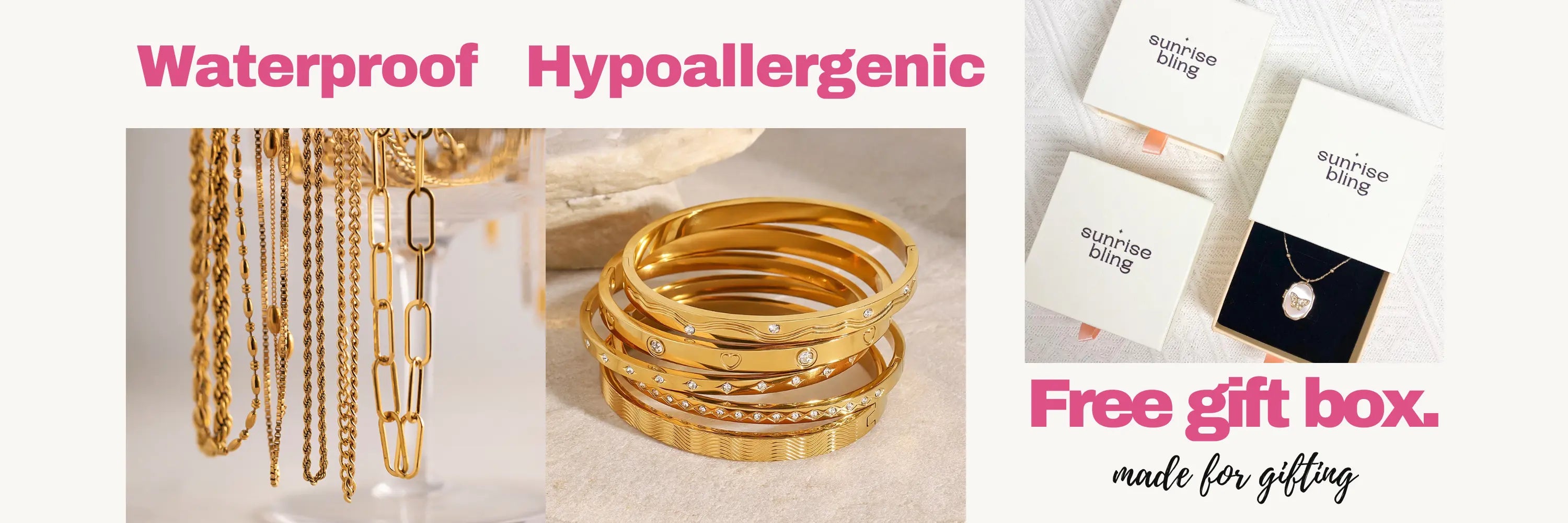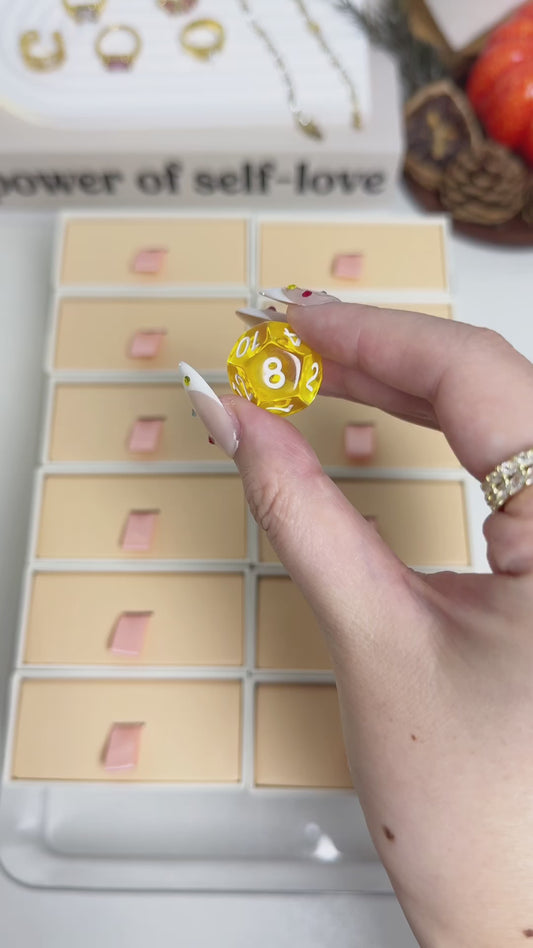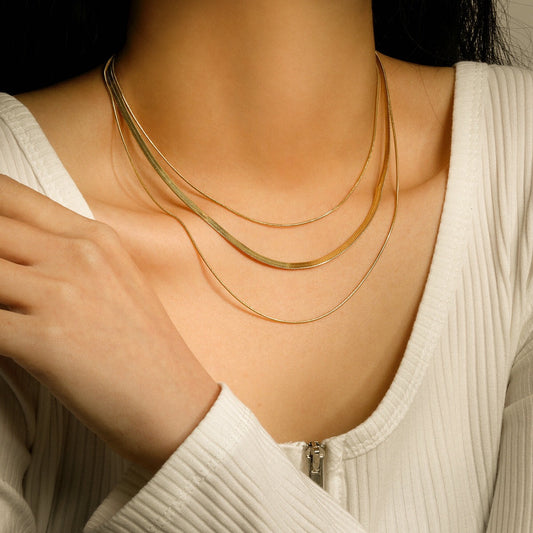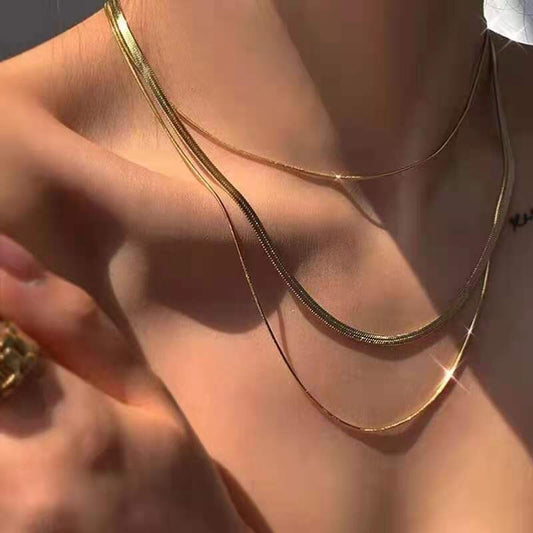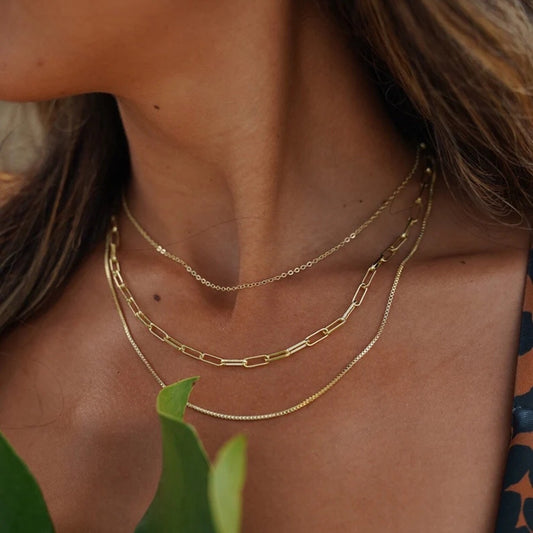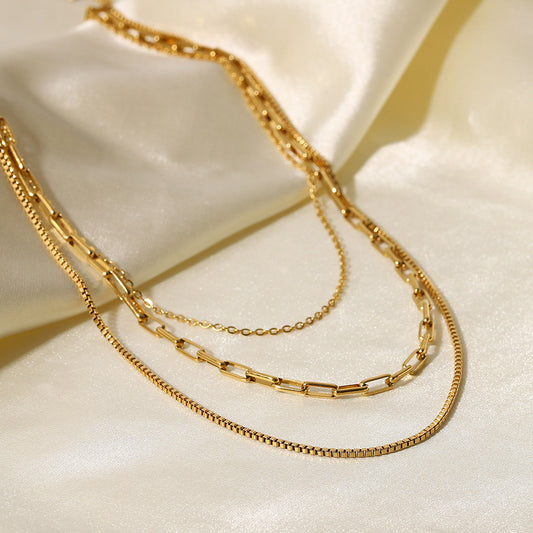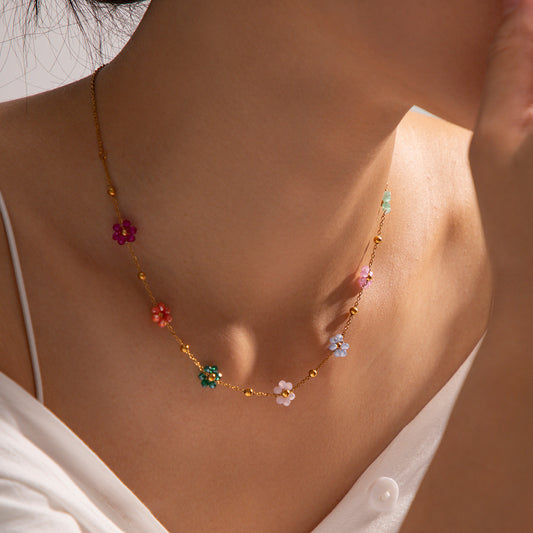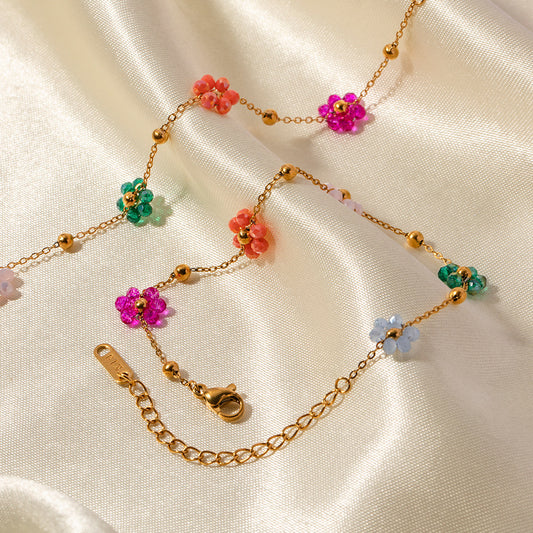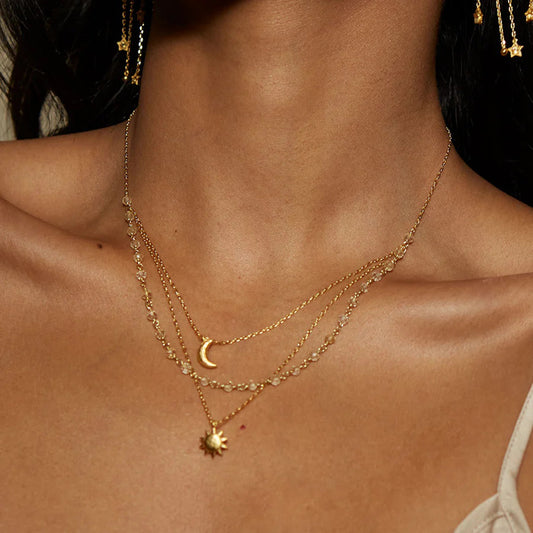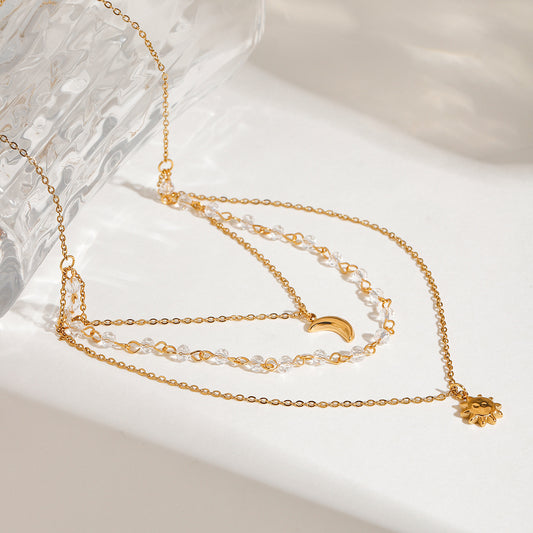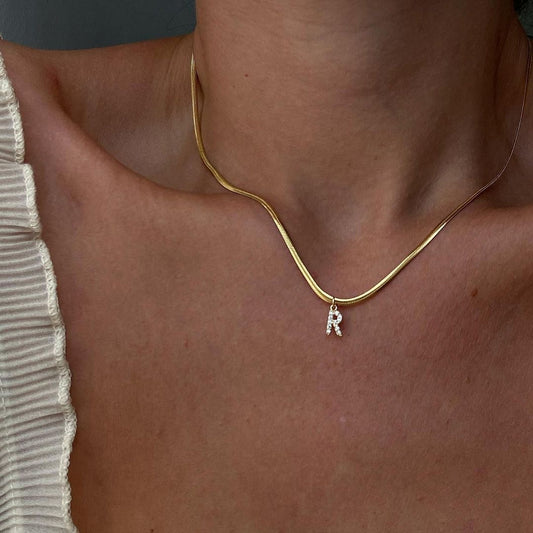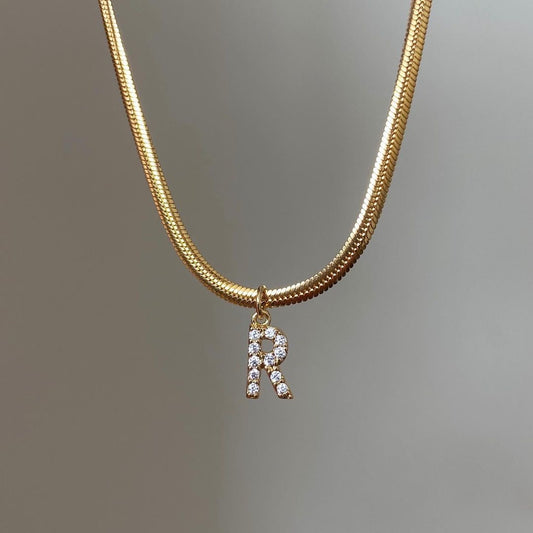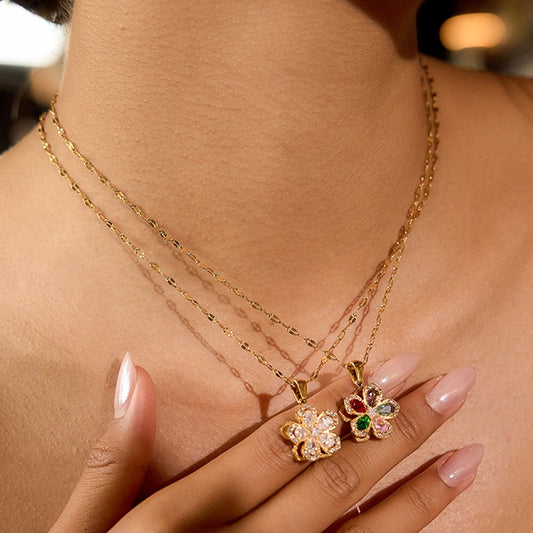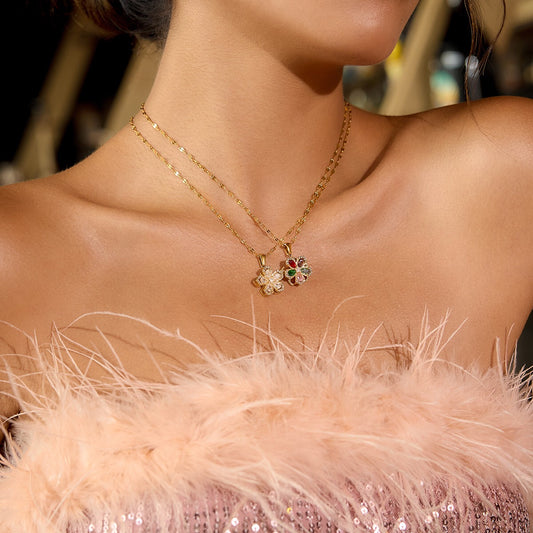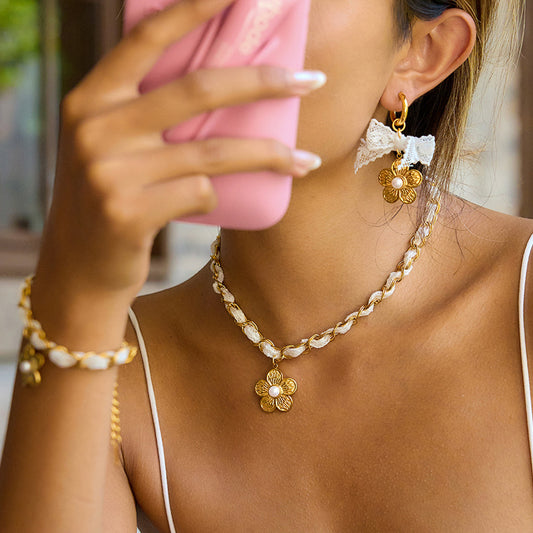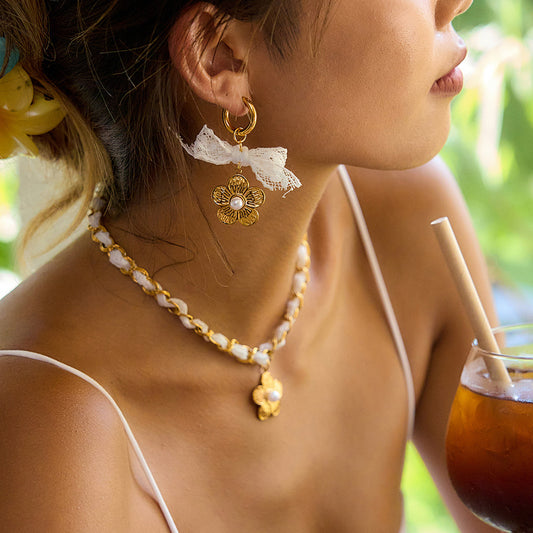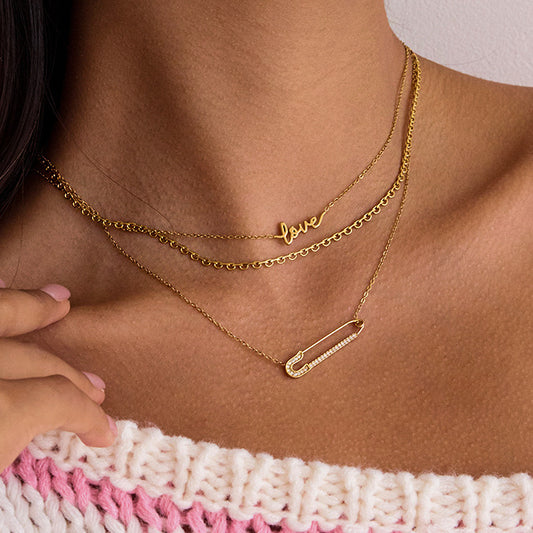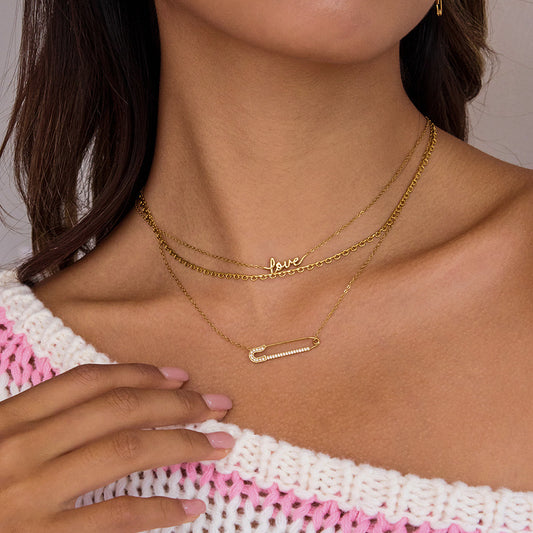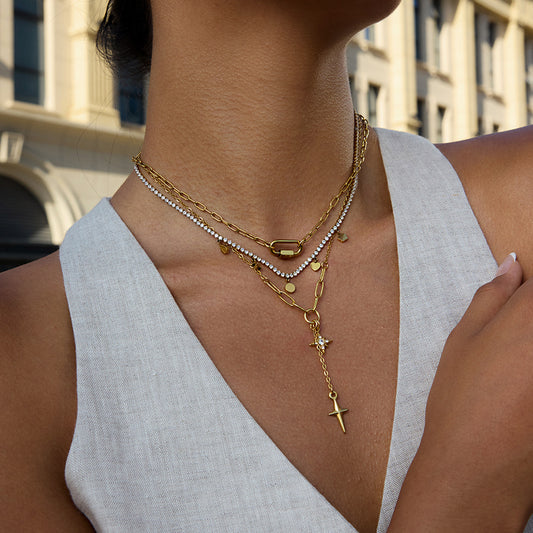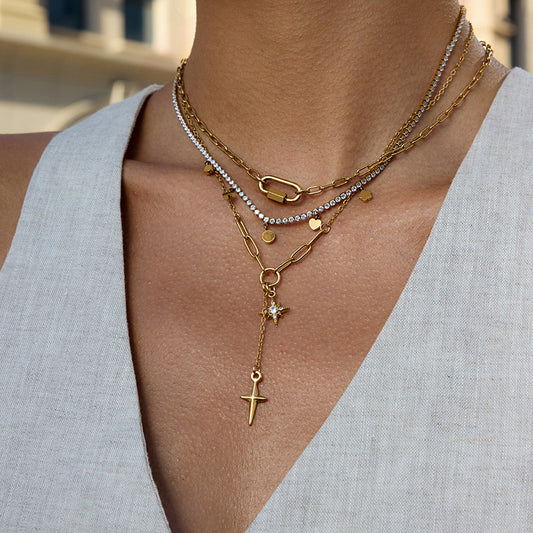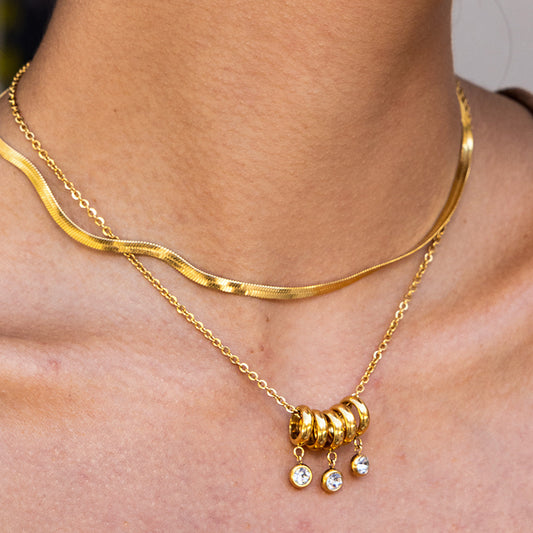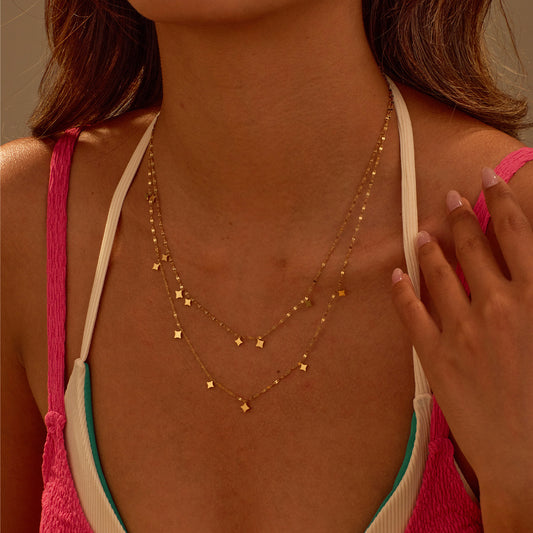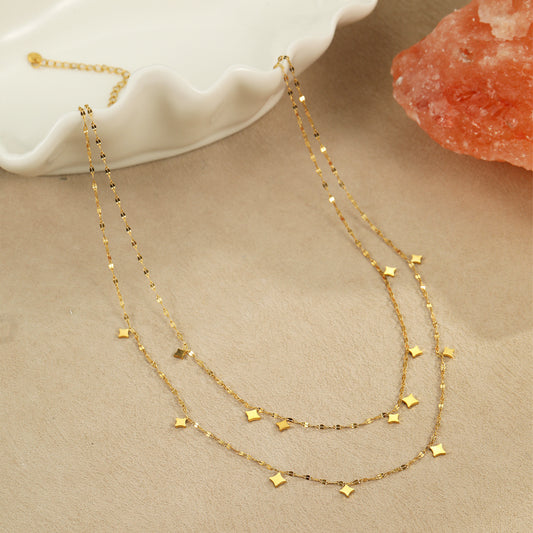Western jewelry is more than just an accessory; it's a wearable piece of art that embodies the rugged beauty, rich history, and free spirit of the American West. In a global fashion accessories market valued at an estimated US$698.61bn in 2025, the demand for unique, meaningful pieces that tell a story continues to rise. This distinctive style, rooted deeply in Native American craftsmanship and cowboy culture, offers a timeless appeal that transcends trends. By combining natural materials, intricate metalwork, and powerful symbolism, western jewelry is truly crafted for the soul, offering a profound connection to heritage and an undeniable statement of individuality.
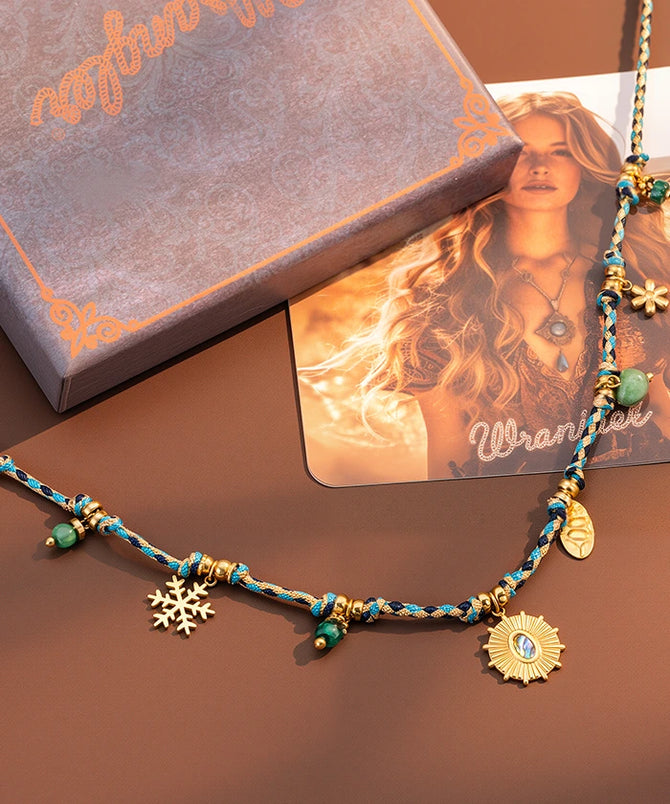
What is Western Jewelry?
A Fusion of Cultural Influences
Western jewelry draws its inspiration from a rich tapestry of influences, primarily Native American artistry (especially from Southwestern tribes like Navajo, Zuni, and Hopi), along with the rugged aesthetics of cowboy and frontier life.
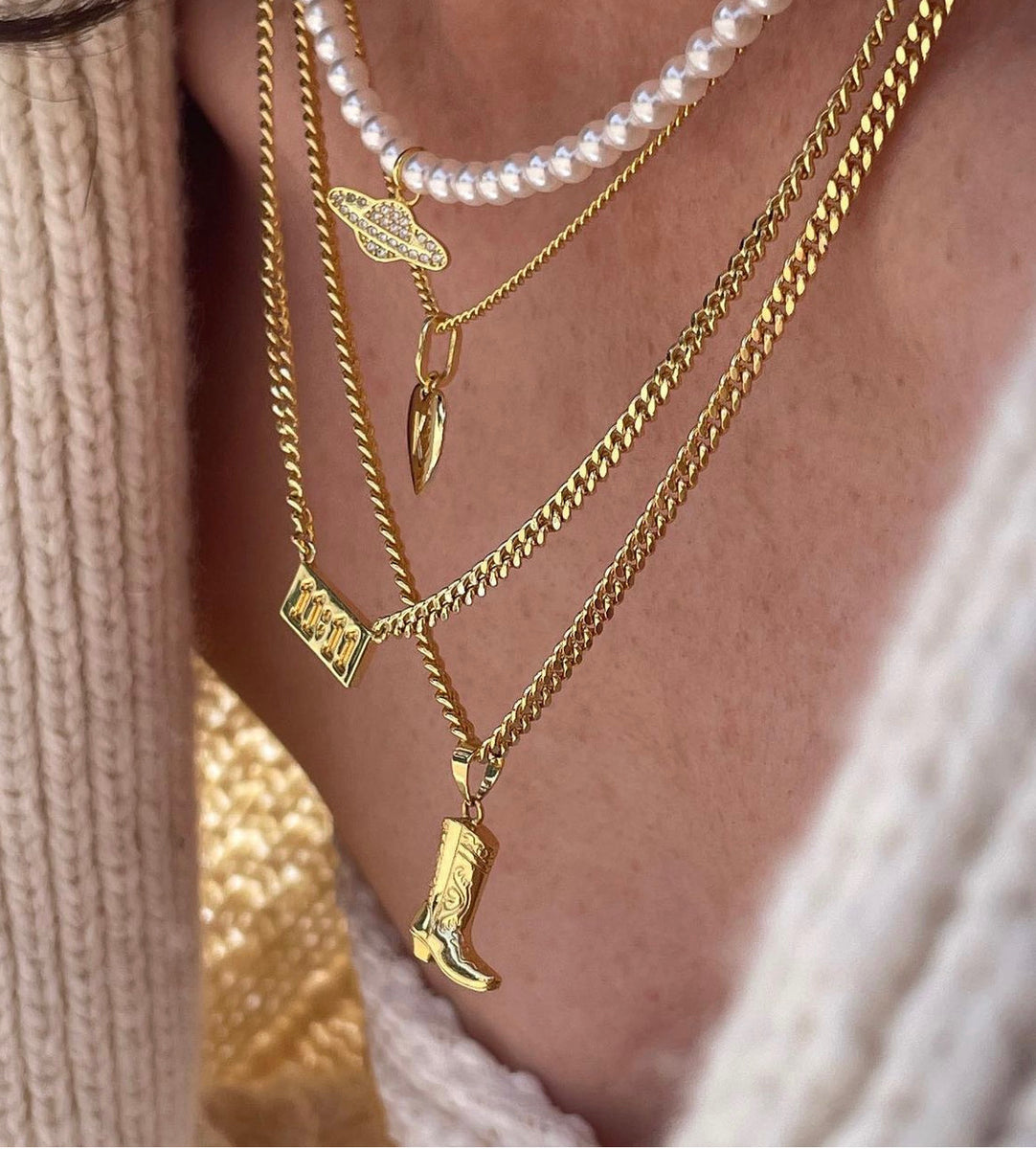
Distinctive Aesthetic and Symbolism
It is characterized by its bold designs, use of natural elements, and often deep symbolic meanings related to nature, spirit animals, and cultural heritage.
An Enduring American Art Form
Recognized for its unique craftsmanship, western jewelry is considered a significant part of American artistic tradition, blending historical techniques with timeless style.
Popular materials for Western Jewelry
Sterling Silver
-
Foundation Metal: The cornerstone of most western jewelry, sterling silver (92.5% pure silver) is prized for its malleability, allowing for intricate stamping, engraving, and bezel work.
-
Patina: Often oxidized or antiqued to enhance the detailed designs and give a rustic, aged appearance.

Turquoise
-
Iconic Gemstone: The most recognizable stone in western jewelry, ranging from sky blue to deep green, often with unique matrix patterns.
-
Cultural Significance: Revered by Native American tribes for centuries, it is believed to bring good fortune, protection, and strength.
Other Natural Stones
-
Complementary Gems: Often set alongside turquoise or as standalone pieces, including red coral, black onyx, spiny oyster, and lapis lazuli.
-
Earthy Tones: These stones contribute to the natural, earthy palette of western jewelry.
Leather
-
Rustic Accents: Used in bolo ties, bracelets, and as decorative elements on buckles, often featuring tooling or braiding.
-
Durability and Comfort: Adds a tactile, rugged element that is both durable and comfortable to wear.
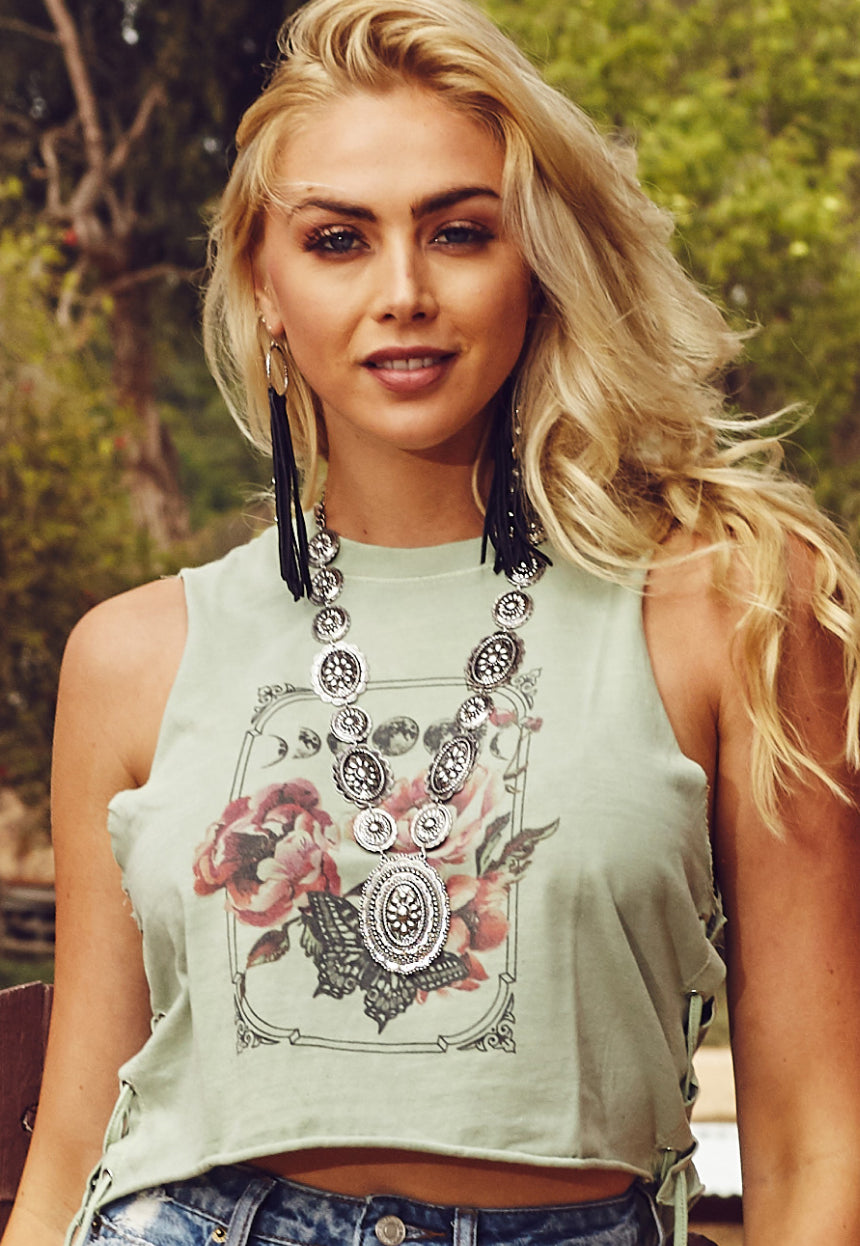
Copper and Brass
-
Warm Tones: Sometimes used for accent details or as base metals, particularly in more rustic or contemporary designs, offering warm hues.
Why is Western Jewelry so popular
Rich Cultural Heritage
Each piece tells a story, connecting the wearer to the vast landscapes, pioneering spirit, and deep traditions of the American West.

Unique and Authentic Style
Unlike mass-produced fashion jewelry, western jewelry often features handmade elements and unique designs that stand out.
Bold Statement Pieces
Its distinct aesthetic, characterized by substantial silverwork and vibrant stones, makes it perfect for those who want their accessories to make a strong visual impact.
Timeless Appeal
The classic designs and durable materials ensure that western jewelry remains fashionable for generations, often becoming cherished heirlooms.
Connection to Nature and Freedom
The use of natural stones and motifs inspired by wildlife and landscapes resonates with a desire for authenticity and a connection to the outdoors.
Popular styles of Western Jewelry
Statement Rings
-
Large Turquoise Settings: Often feature a prominent turquoise stone, sometimes surrounded by intricate silverwork like rope twists or stamped patterns.
Cuff Bracelets
-
Solid Silver or Stone Inlay: Wide silver cuffs adorned with turquoise, other stones, or detailed stamp work; can be stacked or worn as a single statement.
Bolo Ties
-
Distinctive Neckwear: A braided leather cord secured with a decorative slide (often silver and turquoise), a quintessential piece of western attire.
Squash Blossom Necklaces
-
Iconic Native American Design: Features a crescent-shaped "naja" pendant and "squash blossom" shaped beads, often adorned with multiple turquoise stones.
Concho Belts
-
Decorative Adornment: Belts embellished with large, often oval or round, silver "conchos" (stamped or inlaid discs) that create a striking silhouette.
Animal and Nature Motifs
-
Symbolic Designs: Includes elements like feathers, eagles, bears, wolves, horses, cacti, or thunderbirds, often rendered in silver or set with stones.
How to wear Western Jewelry
Pair with Denim
The ultimate combination! Western jewelry looks effortlessly chic with jeans, denim jackets, or chambray shirts, enhancing a casual yet stylish look.
Elevate Bohemian Styles
Its natural materials and earthy tones make it a perfect match for flowy dresses, fringe accents, and other bohemian-inspired attire.
Balance Bold Pieces
If wearing a large turquoise cuff, opt for smaller earrings or a delicate necklace. Let one statement piece truly shine.
Mix Metals & Textures
Don't shy away from combining silver with leather or incorporating pieces with different textures to add depth to your ensemble.
Transition from Casual to Dressed Up
A classic silver and turquoise ring can elevate a simple t-shirt and jeans, while a more elaborate concho belt or squash blossom necklace can be the focal point of a dressier outfit.
Western Jewelry: perfect gift for your loved ones
A Gift with Meaning
Beyond its beauty, western jewelry carries a sense of history, culture, and individual spirit, making it a deeply meaningful gift.
Unique and Memorable
Unlike generic jewelry, a piece of western jewelry stands out, reflecting the recipient's unique taste and appreciation for authentic craftsmanship.
Lasting Value
Crafted from durable materials like sterling silver and natural stones, these pieces are built to last, becoming cherished keepsakes.
For the Adventurous Spirit
It's an ideal gift for anyone who loves the outdoors, appreciates rugged elegance, or resonates with the enduring mystique of the West.
How to clean Western Jewelry
Caring for western jewelry requires specific attention, especially due to the common use of sterling silver and porous gemstones like turquoise.
Cleaning Sterling Silver
-
Silver Polishing Cloth: For light tarnish, gently rub with a specialized silver polishing cloth.
-
Mild Soap & Water: For heavier tarnish, mix warm water with a few drops of mild dish soap. Use a soft brush (like a toothbrush) to gently clean the silver, then rinse thoroughly and dry completely with a soft, lint-free cloth.
-
Avoid Dips: Do not use chemical "silver dips" on pieces with gemstones, as they can damage porous stones or alter their color.
Cleaning Turquoise and Other Porous Stones
-
Wipe Gently: After each wear, gently wipe turquoise and other natural stones with a soft, dry cloth to remove oils and residues.
-
Avoid Chemicals: Never expose turquoise to harsh chemicals, perfumes, lotions, or even prolonged direct sunlight, as these can cause discoloration or damage.
-
No Soaking or Ultrasonic Cleaners: Turquoise is porous and can absorb liquids, leading to color changes. Avoid soaking or using ultrasonic cleaners.
Storage
-
Store western jewelry in a cool, dry place, ideally in individual airtight bags or anti-tarnish pouches to prevent oxidation and protect stones from scratches.
How to make Western Jewelry
Making western jewelry often involves traditional silversmithing techniques and working with natural elements. While a skilled craft, here's a simplified overview:
Gathering Materials
-
Metals: Sterling silver sheet and wire are fundamental. Copper and brass can also be used.
-
Stones: Cabochons (polished, flat-backed stones) of turquoise, coral, onyx, or other desired natural gems.
-
Tools: Basic silversmithing tools like a jeweler's saw, files, hammers, soldering torch, flux, solder, polishing cloths, and setting tools for stones.
Basic Steps (for a simple ring or pendant)
-
Design: Sketch your desired design, focusing on the stone's shape and how the metal will frame it.
-
Cut & Form Metal: Cut the silver sheet for the bezel (the metal strip that holds the stone) and the base plate. Form the bezel around the stone.
-
Solder: Solder the bezel ends together, then solder the bezel onto the silver base plate. If making a ring, solder the ring shank (band) to the base plate.
-
Polish & Finish: File away rough edges, then polish the silver to your desired finish (high shine or antiqued).
-
Set the Stone: Gently push the bezel wall over the stone to secure it in place, using a bezel roller or pusher. This requires precision to avoid damaging the stone.
Learning the Craft
Numerous workshops, online tutorials, and metalsmithing courses are available for those interested in learning to create authentic western jewelry.
Where to buy Western Jewelry
When seeking western jewelry, especially authentic pieces, consider these reputable sources:
Native American Artists and Galleries
-
Direct from Makers: Many Native American artists sell their work directly online, at art markets, or through tribal galleries. This ensures authenticity and supports the artists directly.
-
Reputable Galleries: Look for galleries specializing in Native American art and jewelry with strong reputations for ethical sourcing and authenticity.
Specialty Western Wear Stores
-
Curated Collections: Stores specializing in western apparel often carry a selection of jewelry that complements the aesthetic, ranging from contemporary to more traditional pieces.
Artisan Markets and Fairs
-
Direct Interaction: Attending craft fairs or Native American art festivals allows you to meet jewelers, learn about their process, and find unique, handmade items.
Online Marketplaces
-
Dedicated Sections: Major online platforms (like Etsy or specialized jewelry sites) have sections for handmade or vintage western and Native American jewelry. Always check seller reviews and look for authenticity guarantees.
Estate Sales and Antique Shops
-
Vintage Finds: For vintage or antique western jewelry, explore estate sales, antique shops, or specialized vintage jewelry dealers. Be aware of authenticity claims.
Frequently asked questions about Western Jewelry
What is the difference between Navajo and Zuni jewelry?
Navajo jewelry is often characterized by bold, substantial sterling silver pieces, frequently featuring large, singular turquoise stones. Zuni jewelry is known for its intricate stone inlay work (petit point, needlepoint, channel inlay) using many small, precisely cut stones, often in mosaic-like patterns.
Does Western jewelry contain real silver?
Authentic western jewelry typically uses sterling silver (.925), which is 92.5% pure silver. Always look for the ".925" stamp to confirm it's genuine sterling silver.
Is turquoise jewelry valuable?
The value of turquoise varies widely based on its origin, color, matrix pattern, hardness, and whether it's natural, stabilized, or treated. High-grade natural turquoise can be quite valuable.
How do I know if Western jewelry is authentic?
For Native American pieces, look for artist hallmarks, tribal affiliation information, and purchase from reputable dealers who can verify authenticity. Genuine western jewelry often has a handcrafted feel, with visible tool marks or slight imperfections that speak to its artisanal nature.
Western Jewelry: A Timeless Expression, Crafted for Your Soul!
Western jewelry offers more than just adornment; it provides a profound connection to a rich heritage, a vibrant culture, and the untamed spirit of the West. With its striking use of sterling silver, captivating turquoise, and earthy natural elements, each piece becomes a personal emblem of strength, individuality, and timeless style. Whether you're drawn to its bold statements or intricate artistry, this unique form of jewelry is designed to resonate deeply with your soul. Ready to embrace the enduring spirit of the West? Explore our authentic collection of Western jewelry today and find a piece that truly speaks to you!


